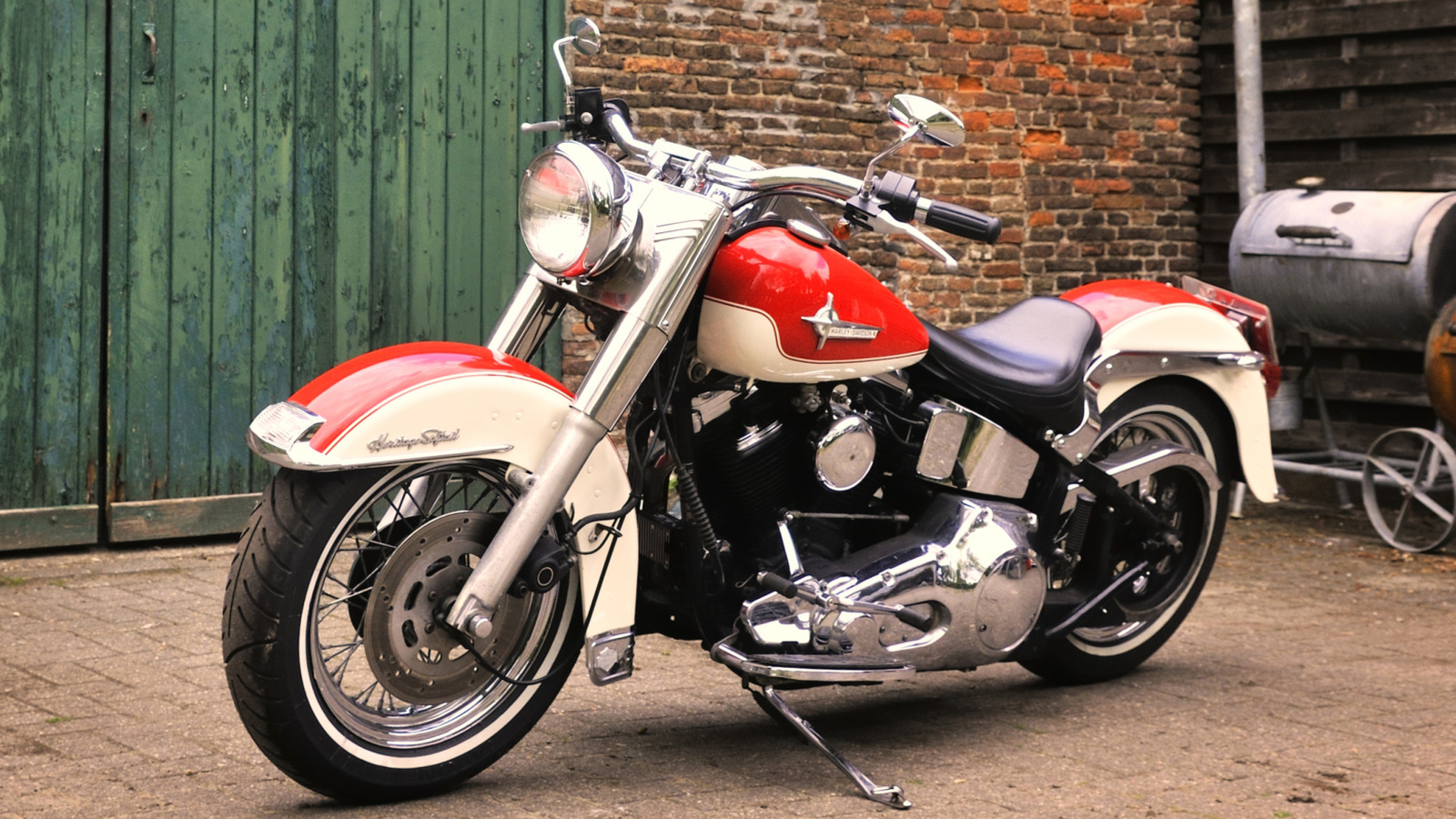If you’ve ever stood next to a Harley on a cold morning, you know the sound—that deep, uneven idle that feels more alive than mechanical. It’s part growl, part heartbeat. For decades, riders have treated warming up a Harley like a pre-ride ritual: fire it up, light a cigarette, wait until the pipes hum just right.
But beneath the nostalgia was a very real bit of engineering.
Older Harley-Davidsons, especially those with carbureted engines like the AMF models, relied on precise fuel-air mixtures that didn’t cooperate when cold. The oil back then was thicker too, meaning it took time to circulate through the crankcase and lubricate vital components. Warming up allowed the oil to reach operating viscosity, reducing metal-on-metal friction and helping the engine expand evenly before taking off.
### How Long Should You Warm Up a Carbureted Harley?
Well, that depends. Temperature, engine type, and manufacturer recommendations all play their part. On most days, a couple of minutes—say, one to three—is plenty to get the oil moving. If it’s freezing outside, stretch it to maybe five minutes. But honestly, your bike’s manual knows better than the internet ever will. When in doubt, read the fine print before you let your garage turn into a sauna.
Rushing the warm-up could mean poor engine operation, increased parts wear, or thermal stress damage. For many old-timers, patience became part of Harley-Davidson culture—a mechanical meditation before the ride.
### Modern Harleys: A Different Story
The problem is, Harley-Davidsons aren’t built like that anymore. The soul is still there, but the science has evolved. Modern models use electronic fuel injection, reliable engines like the Evolution, and synthetic oils that flow smoothly even in cold starts.
Newer Harleys’ Electronic Control Units (ECUs) automatically adjust the fuel mixture mechanically, meaning they don’t need to sit idling for minutes on end or require a choke. This includes even the difficult-to-drive Fat Boy.
In fact, excessive idling can backfire. Long warm-ups cause carbon buildup and fuel waste—especially in tightly tuned modern engines.
### The Recommended Approach for Fuel-Injected Harleys
About 15 to 20 seconds of idling is fine for a fuel-injected Harley. Then ride gently until it reaches full operating temperature. Getting in motion warms the bike more efficiently than standing still ever could. And the trademark Harley-Davidson vibration? That’s included while you ride.
### The Ongoing Debate
Yet the debate endures. On Reddit’s r/Harley, threads stretch for miles between traditionalists and pragmatists. Some swear that letting the bike purr a little keeps it happier in the long run. Others call that folklore—a holdover from carburetor days.
The truth probably lies somewhere in between. Modern Harleys may not need to be warmed up, but riders still need that moment. It’s not just about oil viscosity or cylinder pressure. It’s about a certain connection—that slow, rumbling dialogue between human and machine before the day begins.
https://www.jalopnik.com/2004569/do-harley-davidsons-need-to-be-warmed-up/


